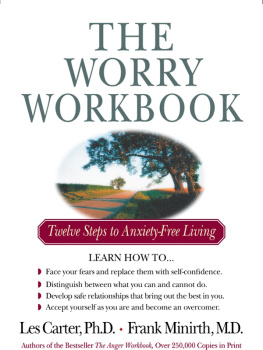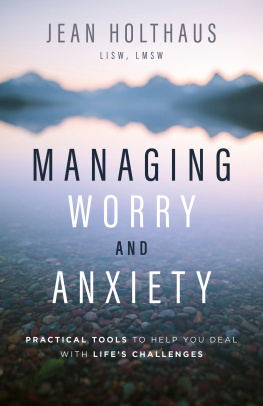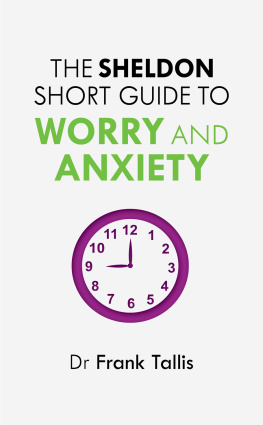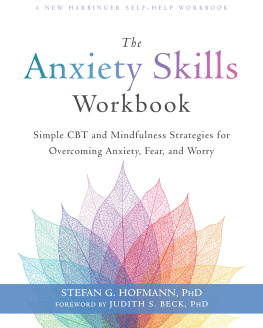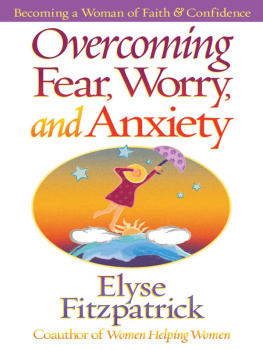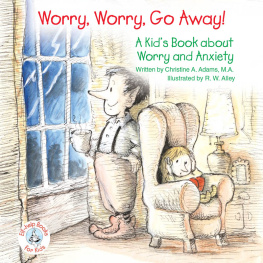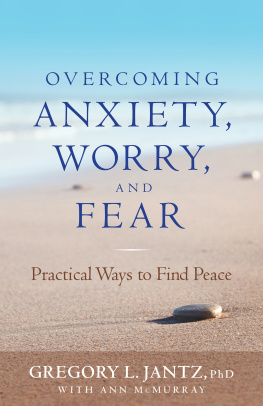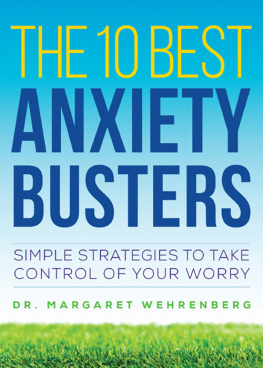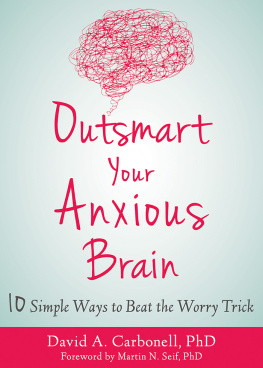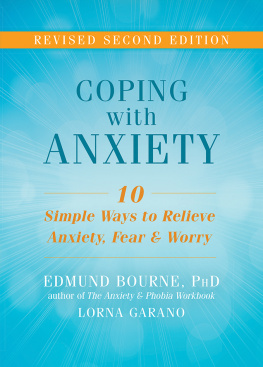Jerilyn Ross - One less thing to worry about: uncommon wisdom for coping with common anxieties
Here you can read online Jerilyn Ross - One less thing to worry about: uncommon wisdom for coping with common anxieties full text of the book (entire story) in english for free. Download pdf and epub, get meaning, cover and reviews about this ebook. year: 2009, publisher: Random House Publishing Group, genre: Home and family. Description of the work, (preface) as well as reviews are available. Best literature library LitArk.com created for fans of good reading and offers a wide selection of genres:
Romance novel
Science fiction
Adventure
Detective
Science
History
Home and family
Prose
Art
Politics
Computer
Non-fiction
Religion
Business
Children
Humor
Choose a favorite category and find really read worthwhile books. Enjoy immersion in the world of imagination, feel the emotions of the characters or learn something new for yourself, make an fascinating discovery.

- Book:One less thing to worry about: uncommon wisdom for coping with common anxieties
- Author:
- Publisher:Random House Publishing Group
- Genre:
- Year:2009
- Rating:3 / 5
- Favourites:Add to favourites
- Your mark:
One less thing to worry about: uncommon wisdom for coping with common anxieties: summary, description and annotation
We offer to read an annotation, description, summary or preface (depends on what the author of the book "One less thing to worry about: uncommon wisdom for coping with common anxieties" wrote himself). If you haven't found the necessary information about the book — write in the comments, we will try to find it.
Anxiety can be friend or foe: it can keep us out of trouble or keep us chronically on edge. Normal, healthy worry reminds us to pay our taxes, see a doctor when were feeling sick, and lock the doors at night. But when worry escalates into chronic anxiety, keeping us from fully living our lives, its time to assess the kind of relationship we have with our anxiety and take action to change it. In this practical and lively guide, Jerilyn Ross presents stories of women who did just that and introduces the Ross Prescriptiona set of innovative tools and techniques that you can use to do it, too. It includes
questionnaires to help you determine whether what youre experiencing is normal, everyday worry or if it is perhaps symptomatic of an anxiety disorder
strategies for identifying how you relate to your anxiety: Do you act impulsively to ease it? Adhere to regimens of obsessive behavior to control it? Or avoid and run away from it?
tips for locating your position on the anxiety spectrum: Is your worry healthy and helpful, or is it toxic?
cutting-edge research into the ways hormones affect when and how a woman experiences and deals with anxiety
the Eight Points, a set of reliable techniques to help you control anxiety, worry, and stress in the moment and liberate you from their grip
With this book in hand and the Ross Prescription in mind, you will learn to identify, modify, and redefine your relationship with worry and anxiety and master simple, effective ways to regain control of your life.
Jerilyn Ross: author's other books
Who wrote One less thing to worry about: uncommon wisdom for coping with common anxieties? Find out the surname, the name of the author of the book and a list of all author's works by series.

